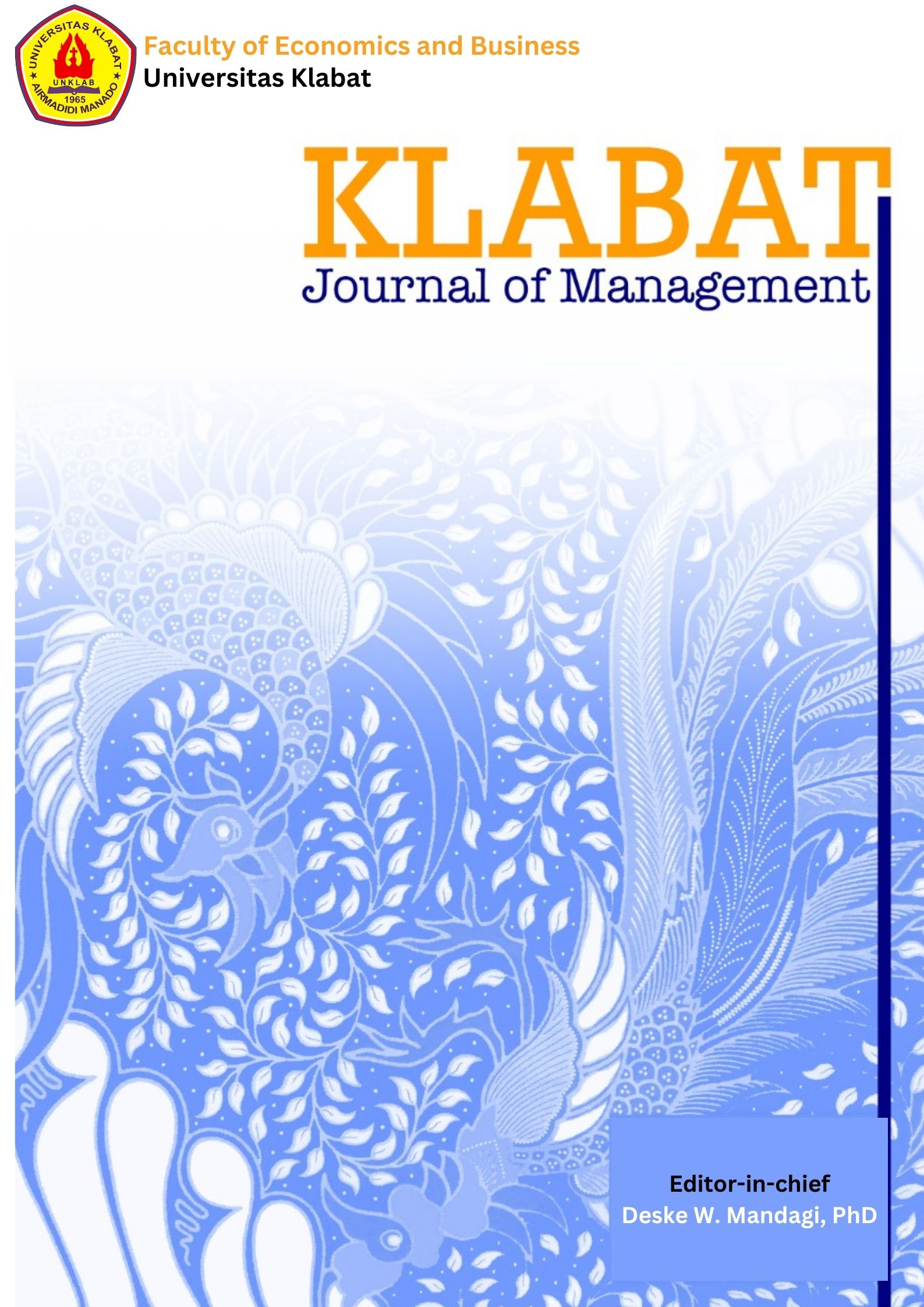Millennials and Digital Wallets: Addressing Consumer Behavior in the Technology Era
DOI:
https://doi.org/10.60090/kjm.v7i1.1347.127-141Keywords:
Consumer Behavior, Payment Systems, Digital Wallets.Abstract
In Indonesia, the use of digital wallets (e-wallets) such as GoPay, OVO, DANA, and ShopeePay is increasing, especially among the millennial generation who prioritize ease and speed of transactions. This study aims to analyze the factors that influence student consumer behavior in using digital wallets. The method used is qualitative with a phenomenological approach. Based on a Populix survey of 1,000 respondents, the most widely used digital wallet applications are Dana (88%), Gopay (83%), ShopeePay (79%), OVO (76%), and LinkAja! (30%). The results of the study show that ease of access, cashback, and promotions play a significant role in encouraging the use of digital wallets. However, low financial literacy leads to a tendency towards uncontrolled consumer behavior. Therefore, education about financial literacy is an important aspect in using digital wallets wisely.
References
Alalwan, A. A. (2020). Mobile payment adoption: A systematic review of the literature. Electronic Commerce Research, 20(4), 701–740. https://doi.org/10.1007/s10660-020-09456-y
Arner, D. W., Barberis, J., & Buckley, R. P. (2016). The evolution of fintech: A new post-crisis paradigm? Georgetown Journal of International Law, 47, 1271–1319.
Creswell, J. W., & Poth, C. N. (2018). Qualitative inquiry and research design: Choosing among five approaches (4th ed.). Sage Publications.
Davis, F. D. (1989). Perceived usefulness, perceived ease of use, and user acceptance of information technology. MIS Quarterly, 13(3), 319–340. https://doi.org/10.2307/249008
Gee, J. P. (2014). An introduction to discourse analysis: Theory and method (4th ed.). Routledge.
Gomber, P., Kauffman, R. J., Parker, C., & Weber, B. W. (2017). On the fintech revolution: Interpreting the forces of innovation, disruption, and transformation in financial services. Journal of Management Information Systems, 35(1), 220–265. https://doi.org/10.1080/07421222.2017.1291249
Hamdani, R., Firmansyah, D., & Mutiarin, D. (2020). Digital wallet adoption in Indonesia: An analysis using the technology acceptance model. Journal of Asian Finance, Economics and Business, 7(10), 505–514. https://doi.org/10.13106/jafeb.2020.vol7.no10.505
Hammersley, M., & Atkinson, P. (2007). Ethnography: Principles in practice (3rd ed.). Routledge.
Hwang, J., Kim, H., & Kim, J. J. (2021). How generation Z consumers’ digital payment experience affects their continuous use: The moderating role of technology anxiety. Journal of Retailing and Consumer Services, 63, 102710. https://doi.org/10.1016/j.jretconser.2021.102710
Kumar, A., & Prakash, G. (2020). Adoption of digital payment systems in the era of demonetization in India: An empirical study. Journal of Financial Services Marketing, 25(1-2), 1–11. https://doi.org/10.1057/s41264-020-00072-7
Nguyen, T. H., & Huynh, P. K. (2022). Factors influencing the intention to adopt digital payment systems in emerging markets. Journal of Asian Finance, Economics and Business, 9(4), 347–356. https://doi.org/10.13106/jafeb.2022.vol9.no4.0347
Otoritas Jasa Keuangan (OJK). (2019). Survei Nasional Literasi dan Inklusi Keuangan 2019. Jakarta: Otoritas Jasa Keuangan. Retrieved from https://www.ojk.go.id/id/kanal/edukasi-dan-perlindungan-konsumen
Patton, M. Q. (2002). Qualitative research and evaluation methods (3rd ed.). Sage Publications.
Populix. (2023). Tren Penggunaan E-Wallet di Indonesia. Populix Research. Retrieved from https://info.populix.co/articles/tren-penggunaan-ewallet-indonesia
Rahmawati, A. (2021). The effect of cashback and discounts on the frequency of digital wallet transactions among millennials in Indonesia. Journal of Financial Technology Studies, 3(2), 45–55.
Schiffman, L. G., & Kanuk, L. L. (2007). Consumer behavior (9th ed.). Pearson Prentice Hall.
Setiawan, R., & Putri, D. A. (2020). The correlation between e-wallet usage and student spending behavior in Indonesian metropolitan cities. Indonesian Journal of Consumer Research, 5(1), 22–31.
Shaikh, A. A., & Karjaluoto, H. (2015). Mobile banking adoption: A literature review. Telematics and Informatics, 32(1), 129–142. https://doi.org/10.1016/j.tele.2014.05.003
Venkatesh, V., Thong, J. Y. L., & Xu, X. (2012). Consumer acceptance and use of information technology: Extending the unified theory of acceptance and use of technology. MIS Quarterly, 36(1), 157–178. https://doi.org/10.2307/41410412
Venkatesh, V., & Davis, F. D. (2000). A theoretical extension of the technology acceptance model: Four longitudinal field studies. Management Science, 46(2), 186–204. https://doi.org/10.1287/mnsc.46.2.186.11926
Wang, Y., Wang, Y., & Chen, Y. (2020). Adoption of mobile payment services: A systematic review. Electronic Commerce Research and Applications, 45, 101054. https://doi.org/10.1016/j.elerap.2020.101054
Wetherell, M., Taylor, S., & Yates, S. J. (2001). Discourse as data: A guide for analysis. Sage Publications.
Yin, R. K. (2014). Case study research: Design and methods (5th ed.). Sage Publications.







